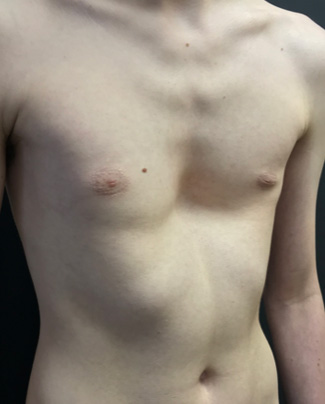pectus excavatum baby breathing
If kids are born with pectus excavatum it might not be noticeable at first. The diaphragm is the centre of focus in meditation and yoga.
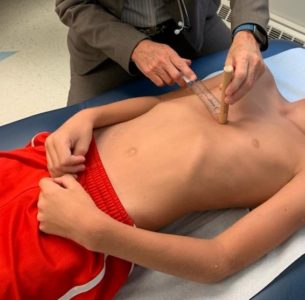
Should I Worry If My Child S Chest Is Sunken Cincinnati Children S Blog
Rapid heartbeat or heart palpitations.
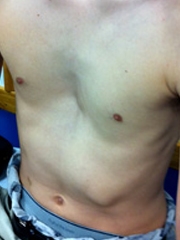
. Will my pectus excavatum get worse over time. HELP DOCTOR THOMAS SURVIVE THE MEDICAL BOARD TRYING TO TAKE HIS LICENSE BY DONATING TO THE CHANNEL. Your child may have trouble breathing get short of breath easily and complain of chest pain during exercise.
This causes a depression of the sternum and the chest has a sunken in or funnel chest appearance. Pectus excavatum means hollow chest Learn about the effects and possible treatments. Pectus excavatum a deformity of the sternum and ribs caused by an unbalanced costochondral hypertrophy.
To request an appointment with a physician at St. PE can often be hereditary. The earliest reports of pectus excavatum described patients with trouble breathing.
Pectus excavatum PE is a condition where the breastbone in the chest is sunken inward causing breathing difficulties and in rare cases mild cardiac issues. This makes it much harder for parents to recognize the problem. A concave sternum or.
For additional resources about sunken chest contact our Center for Families Resource Library. Pectus excavatum can be noticed at birth or early in life in some children. Pectus excavatum can range from mild to severe.
The condition affects more boys than girls. During surgery the sternum is lifted upward. For others it may affect their heart or lung function.
After the age of 18 years the deformity. Luckily there can be many symptoms that can be an indicator to seek medical help. Rib Flaring deformity can be present with Pectus Excavatum PE Pectus Carinatum PC or by itself.
A child with pectus excavatum usually has a depression in the center of the chest over the breastbone which may appear quite deep. After birth the surgeons cant identify whether the baby has pectus excavatum or not. The deformity may be symmetrical the same on both sides or may be more prominent on one side of the chest.
In severe cases of pectus excavatum the breastbone may compress the lungs and heart. With pectus excavatum the sternum goes inward to form a depression in the chest. Pectus excavatum is a congenital deformity of the chest wall that causes several ribs and the breastbone sternum to grow in an inward direction.
The cartilage pushes the breastbone sternum inward. It can also develop in a baby after birth. I m a female pectus excavatum is more common in males who had the nuss procedure done at 15.
In some cases there is a slight dent in the chest that disappears in puberty. The breastbone or sternum and some of the ribs grow abnormally causing a depression in the middle of the chest. One of the symptoms may be if your baby is crying very often for no particular reason.
Pectus excavatum also known as concave chest or funnel chest is a deformity of your childs chest wall. Pectus excavatum is an abnormal development of the rib cage in which the sternum breastbone grows inward resulting in a noticeable and sometimes severe indentation of the chest wall. Symptoms of sunken chest in a baby include.
This information from Great Ormond Street Hospital GOSH is about pectus excavatum also known as funnel chest. When i was a baby my parents had me checked out at the doctor because a lot of times pectus excavatum pe can cause crowding on the heart. It is often present at birth but.
Diaphragmic breathing for pectus excavatum has a lot of benefits. The condition is also called sunken. Louis Childrens Hospital call 3144545437 or 8006785437 or email us.
Surgery may be recommended as the lungs and heart may be affected by the lack of space in the chest. In some people the depth of the indentation worsens in early adolescence and can continue to worsen into adulthood. Miamis family soon realized her mother may also have the condition and was unaware until Miami was diagnosed.
Pectus excavatum PECK-tuss ex-kuh-VAW-tum is a condition that causes a childs chest to look sunken or caved in It happens because of a defect in the tough connective tissue cartilage that holds the bony part of the ribs to the breastbone. Studies have shown that pectus excavatum in babies can also cause respiratory infections. The depression in the chest is due to abnormal growth of the cartilage that attaches the sternum to the ribs.
What Is Pectus Excavatum. Clinicians noted exercise limitations that were improved by surgical treatment more than 70 years ago. Signs are usually cosmetic although severe cases may notice difficulties in breathing.
Pectus excavatum is a condition in which instead of being level with the ribs the breastbone sternum is sunken so that the middle of the chest looks caved in. If kids are born with pectus excavatum it might not be noticeable at first. The primary goal of surgery for pectus excavatum is to correct the chest deformity to improve a patients breathing and cardiac function.
Usually the ribs and sternum go outward at the front of the chest. Because of the deep depression the lower ribs can stick out and give the appearance of a potbelly in. Commonly called funnel chest pectus excavatum is a depression caused when the sternum breastbone is abnormally pushed inward.
Pectus excavatum is a congenital chest wall deformity that is caused by growth abnormality of the cartilage that connects the ribs to the breastbone sternum. However the chest may sink in more as someone goes through growth spurts during puberty. Signs and symptoms may include.
Symptoms of Pectus Excavatum in Kids. Although it is not common some patients notice an improvement in their chest appearance as their muscles develop more around. Moderate to severe pectus.
The deformity of the chest wall is often noticed at birth but becomes more pronounced in adolescents. It helps to manage irritable bowel syndrome. Pectus Excavatum Baby Breathing.
Some children with funnel chest will live a normal life. The condition is not always noticeable at birth but is often apparent by the time a child is 2 to 3. Pectus excavatum funnel chest is when your childs breastbone is pressed inwards and they have a dip between their ribs.
When objective measurement of lung function was first employed little improvement was seen with the crude methods of measurement then available. This is done with one of two procedures. Although no one has previously been.
Camdens breathing and chest pains were worsening until the doctors at Childrens Memorial Hermann stepped in and got him the diagnosis and treatment he needed. Pectus excavatum affects about one in. The condition can be mild or severe.
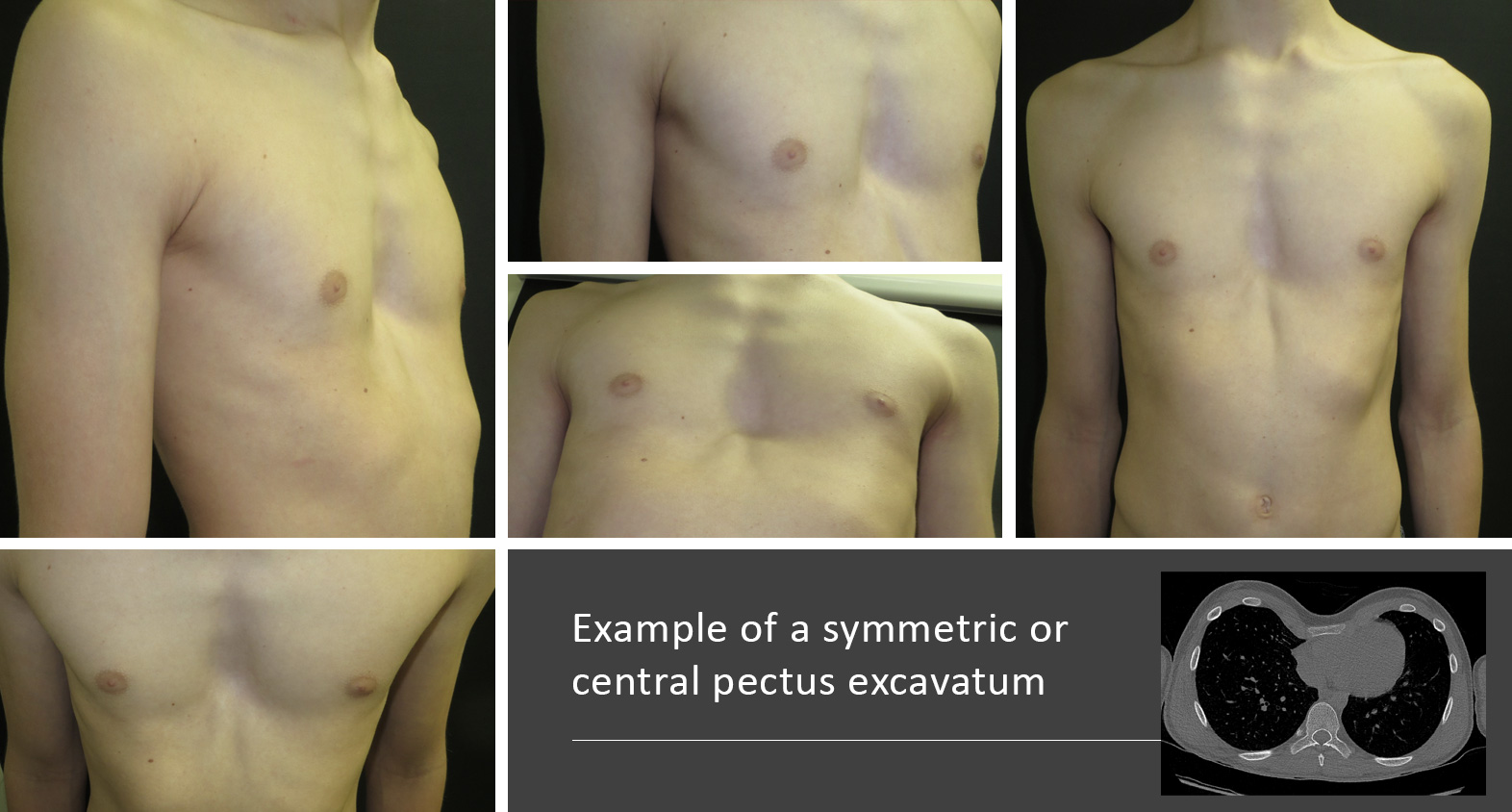
Pectus Excavatum Pectus Clinic

Help My Baby S Chest Is Caving In Pectus Excavatum Dr Paul Youtube

Pectus Excavatum Chest Wall Deformities Child Heart Specialist
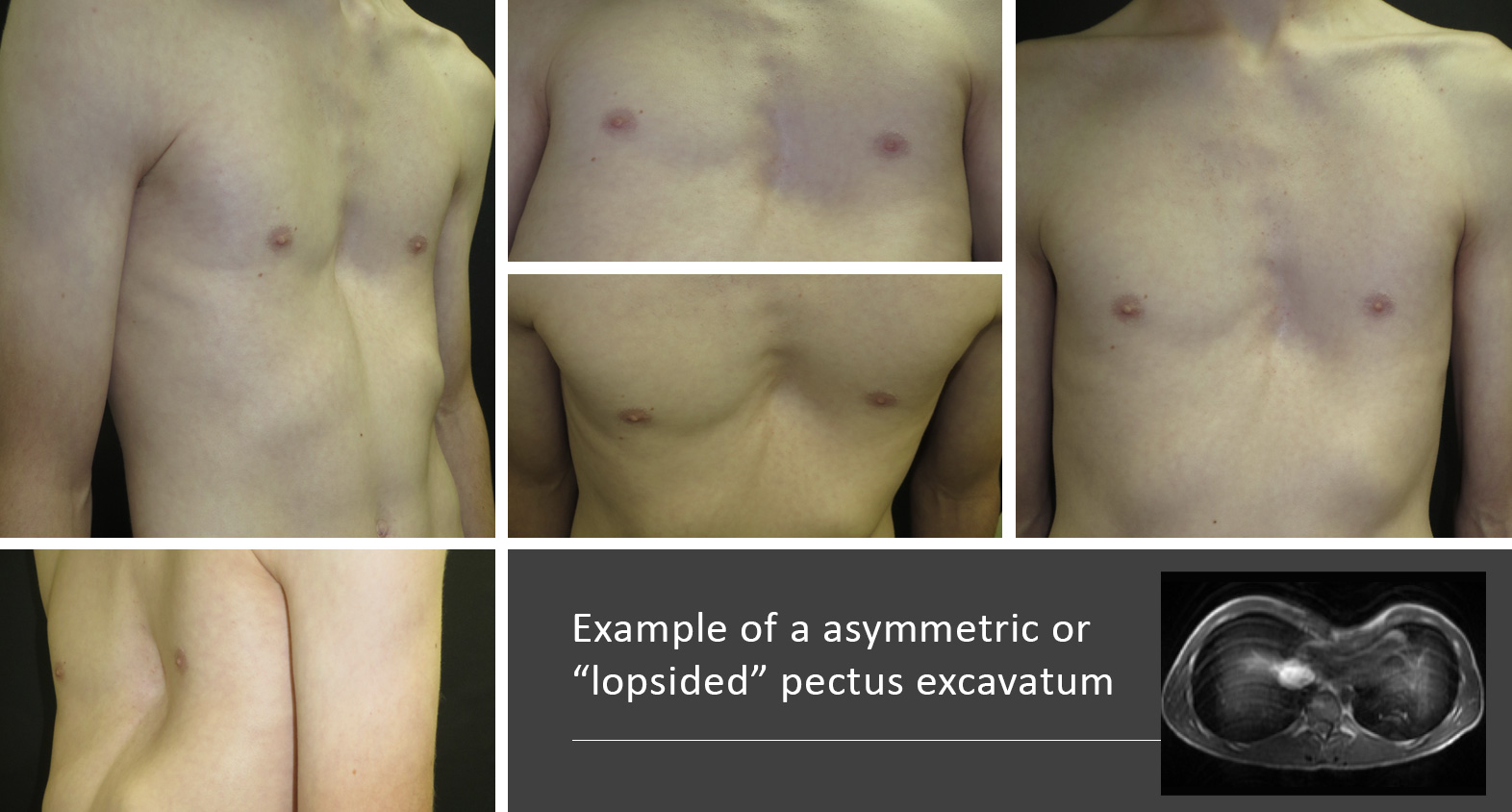
Pectus Excavatum Pectus Clinic

Pectus Excavatum Chest Wall Stanford Children S Health
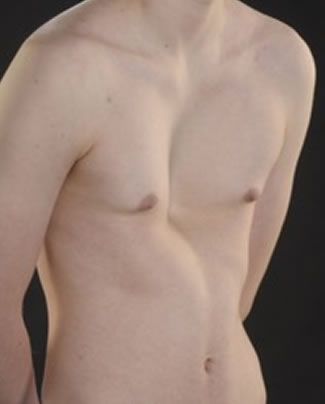
Pectus Excavatum Pectus Clinic
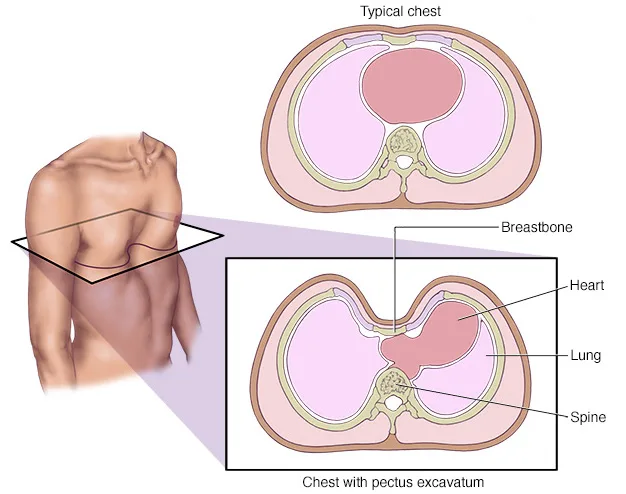
Pectus Excavatum Chest Wall Deformities Child Heart Specialist
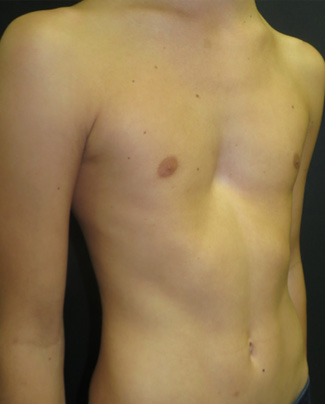
Pectus Excavatum Pectus Clinic

Does My Child Have Pectus Excavatum Aka Sunken Chest Kite Strings Mary Bridge Children S
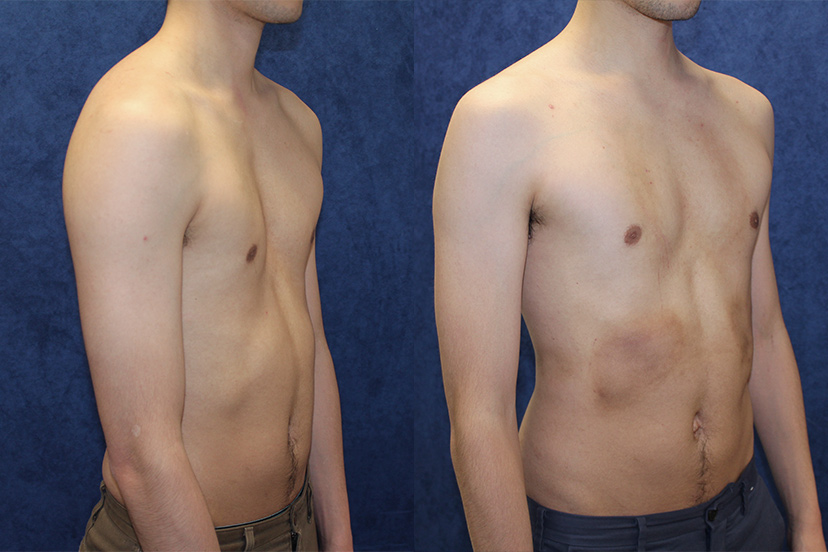
Pectus Excavatum Case Histories

Pectus Excavatum Funnel Chest Asthma Lung Uk

Pectus Excavatum Children S Hospital Of Philadelphia
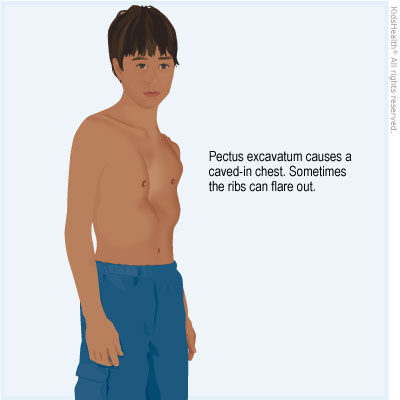
Chest Wall Disorder Pectus Excavatum For Parents Primary Children S Hospital

Learning About Pectus Excavatum Repair In Children

Pectus Excavatum Symptoms Treatments And Complications

1 Pectus Excavatum Is Often Seen In Infants This 11 Month Old Child Download Scientific Diagram


